MEDICAL KIT
How to Prepare Your Medical Kit for Emergencies
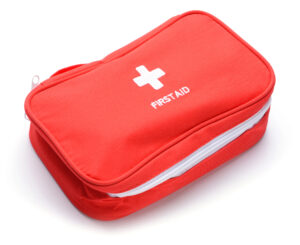 There are many factors and principles to consider in the creation of a grab-and-go medical kit when faced with emergencies. The design of this kit is based on the recent hurricane/flooding experiences experienced by the citizens of western North Carolina, discussed in our October 30, 2024 podcast (Episode 23) by The New MDS found here.
There are many factors and principles to consider in the creation of a grab-and-go medical kit when faced with emergencies. The design of this kit is based on the recent hurricane/flooding experiences experienced by the citizens of western North Carolina, discussed in our October 30, 2024 podcast (Episode 23) by The New MDS found here.
This article offers a straightforward “how-to” guide for creating a lightweight, affordable medical kit tailored to manage common medical emergencies when professional healthcare is not available. It provides simple practical, easy-to-follow guidelines for assembling essential items, prioritizing portability, and accessibility. While not meant to be a comprehensive analysis, this guide serves as a quick, helpful resource for our readers on how to prepare for unexpected medical situations
Your Medical Bag
The medical kit bag should be lightweight, waterproof, and stored in an easily accessible location familiar to all family members. A waist belt design is ideal, allowing you to carry it hands-free and keep it readily available in case of an emergency.
Types of Medications
Consider all the ages of your family members, including animal companions, when choosing supplies for your bag. My go-to additions are homeopathics since the little sugar pills are easy to administer, lightweight, and over-the-counter.
Contents of Your Medical Bag
This section is divided into the main types of issues that could arise and what can help in a crisis.
A. Water contamination
In emergencies, you may need to leave home quickly without access to stored water, making portable water decontamination essential. Effective decontamination focuses on removing pathogens and toxic substances to ensure safe drinking water. Tools like water purification tablets, portable filters, or boiling methods can help make contaminated water safe and accessible on the go. A clean water source will be one of the most important aspects in not only staying healthy, but dealing with potential health challenges.
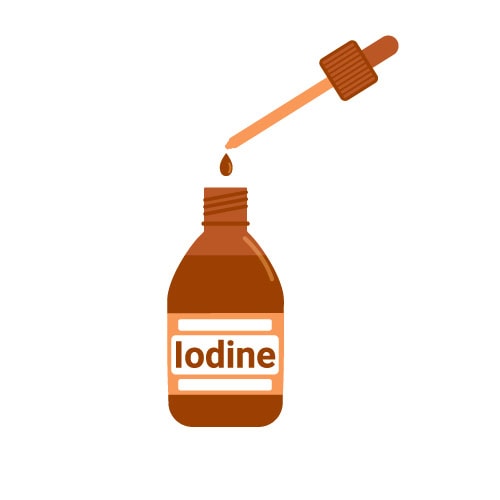
Iodine
Tincture of iodine is extremely useful – Add 5 drops of 2% tincture to a liter of water and let it stand for 30 minutes. If the water is cold, let it stand for 1-2 hours. Iodine tablets are also available at mountaineering stores.
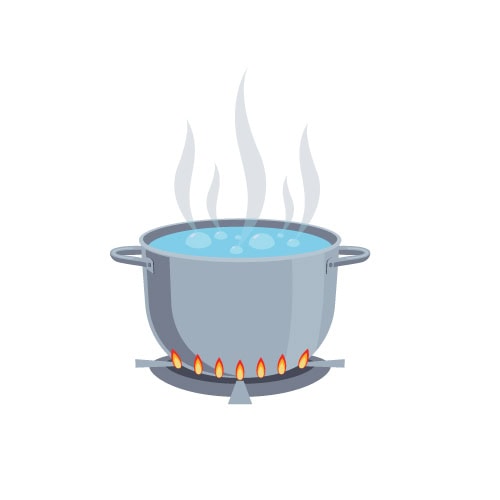
Boil water
At least 1 minute at elevation up to 5,000 ft, and 3 minutes if you are at higher elevations and/or the water is known to be contaminated. Boiling can also remove some microplastics.
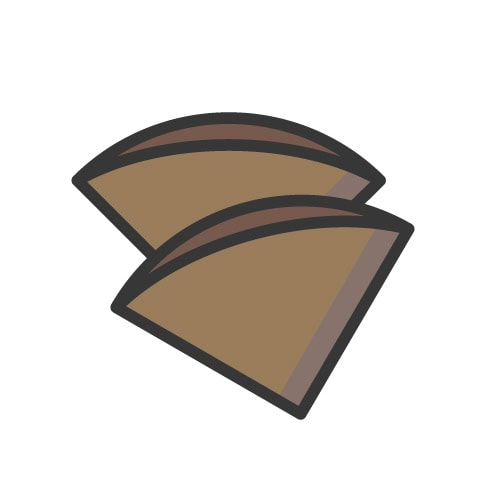
Non-chlorinated (brown) coffee filters
Can remove debris, dirt/metals and can precede the use of other filters such as carbon-based systems.
B. Stress Management
Stress can significantly impact decision-making and response during medical emergencies, yet it is often overlooked. Simple tools to pack especially when there are small children, may include the following:
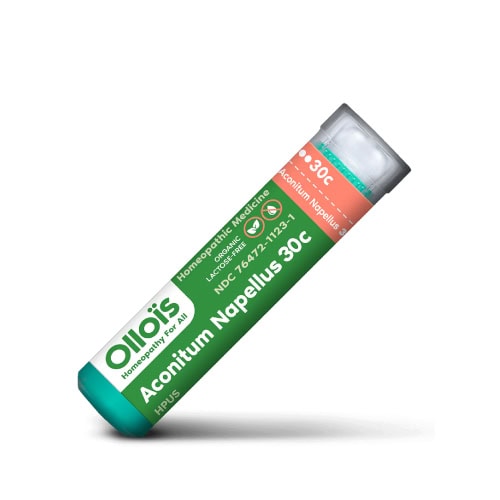
Aconitum 30c
This is a homeopathic remedy that is good for stress/shock. 3 pellets can be administered under the tongue for children, adults, and your animals as needed.
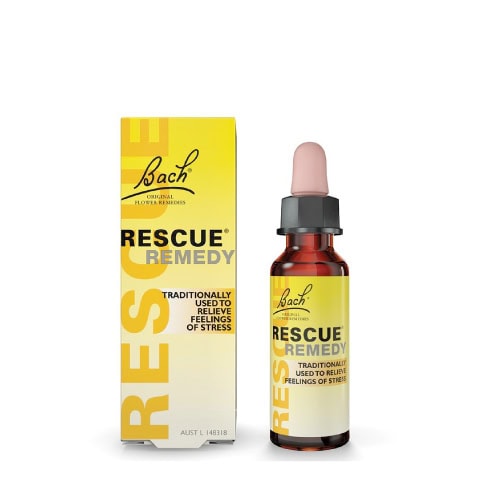
Bach Flower remedies (Rescue Remedy)
Another homeopathic favorite to add to the kit to calm shattered nerves. Take a few pellets under the tongue as needed.

Breathing!
No supplies necessary! Teaching children how to breathe through stressful situations can be a life-long lesson. Breathe in for 4 seconds, hold for 4 seconds, and breathe out for 6 seconds. This simple technique can be very calming in emergency situations.
C. Wounds
Cuts, Lacerations, and Sprains – Injuries like these are common, and adding a few key items to your kit can be crucial in their management. Here is a list of essential First Aid supplies that I like to have on-hand in my own home kit:
1. Gauze/band-aids in various sizes
2. Tape
3. Homeopathic Calendula ointment – great for wounds, scrapes, and burns
4. A small scissor and safety pins
5. A sewing needle and thread
6. Tweezers – think splinters!
7. Ace wrap
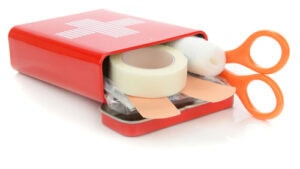 8. Antibiotic ointment for infections
8. Antibiotic ointment for infections
9. Disposable gloves
10. Small flashlight or headlamp with extra batteries
11. Matches or a flint
12. Plastic bags of different sizes
13. A pocket knife
D. Pain
A common occurrence which can arise from many situations.
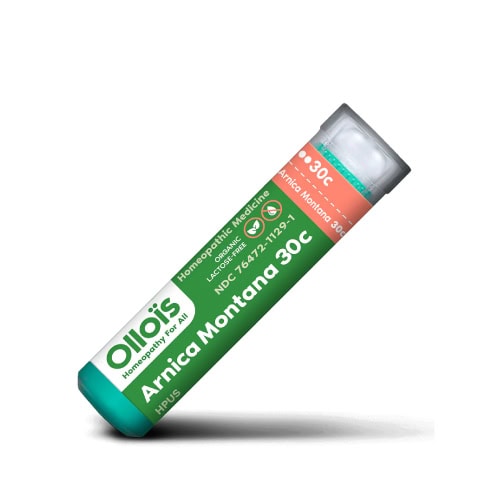
Homeopathic Arnica 30c
For pain from sprains/strains, 3 pellets as needed
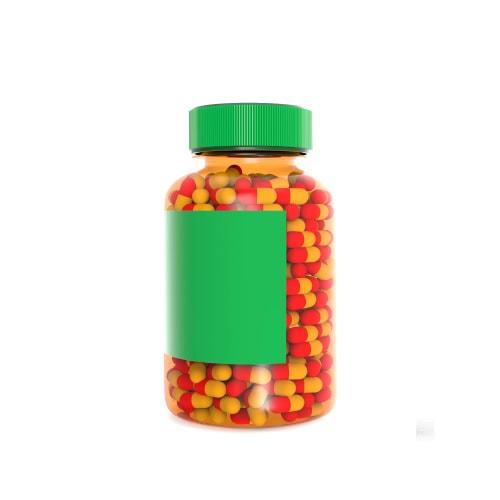
Ibuprofen
Dose depending on the age of the individual (10 mg/kg/dose as a guideline)
E. Survival Support
A few extra items may help in surviving medical emergencies.
 1. Space blanket to offset hypothermia
1. Space blanket to offset hypothermia
2. Table Salt (Celtic sea salt or Real Salt) and sodium bicarbonate (baking soda/aluminum free) which can be used for dehydration, cleaning teeth, etc.
3. Vitamin C – tabs, powders, or gummies (for little ones), this powerhouse vitamin can help for infections and stress.
Note: For dehydration, you can add ¼ tsp of salt, 4 tsp of sugar, in a glass of filtered water, sip as needed.
Note: Customization – Don’t forget to add items based on specific needs (asthma inhalers, prescription medications, EpiPens, etc.)
Affordable pre-made kits are widely available, and you can customize them with items suited to your specific needs. Including a compact first aid guide is highly recommended for a quick reference. Many communities also offer first aid courses through local organizations, providing practical skills at an accessible cost.
Dr. Perro will be offering a “homeopathy at home” lecture on https://gmoscience.org/parent-education/ to be found in the Parent Advice/Video section for those seeking to learn about how to utilize homeopathics.
This medical kit overview focused just on simple health crises, and did not include other crucial topics such as food supplies. However, a few items that came to mind should be discussed from what was witnessed during Hurricane Helene. If you are living in a flood zone, consider having life jackets, inflatable rafts with hand-pumps, and an ax (if you are trapped) available at home.
Disclaimer: This article is intended for general educational purposes only and is not a substitute for professional medical advice. It provides guidelines to help optimize health in potential environmental emergencies. Always consult a qualified healthcare provider for medical advice and treatment.
